Popular:
Popular:
Inspired by the Civil Rights movement, African-Americans are uniting nationwide to fight for equal access to education, jobs, and political and legal rights and to finally bring an end to segregation. Martin Luther King Jr.’s calls for nonviolent resistance are stirring, but don’t accomplish enough change, given continued police brutality and racial injustices. Racism remains prevalent within law enforcement, enabling continued violence against African-Americans, especially in the South. During the early 1960s, Malcom X calls for armed self-defense.
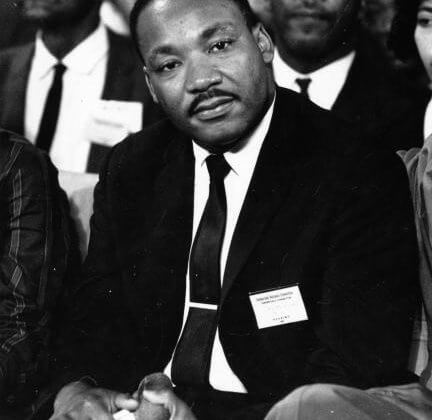
Urban and race riots are spreading nationwide. African-Americans blaming the increased racial tensions solely on law enforcement is unfair and inaccurate, as responsibility for this polarized, combustible atmosphere also lies with them. Everyone, regardless of skin color, should respect the law and societal norms, no matter their economic or social grievances. Instead, many African-Americans are taking their frustrations out on police, encouraging militancy and radicalism and fighting against law and order.
Attracted by Oakland, California’s booming post-WWII economy, many southern African-Americans and whites move there in the hopes of making a better life for themselves. While African-Americans soon make up almost half of Oakland, the city’s all-white police force expands, gaining ex-Southern whites, who bring with them their ingrained intolerance for African-Americans. This dynamic, coupled with continued police brutality and rising segregated housing and jobs, contribute to Oakland’s African-American community feeling increasingly marginalized and discriminated against.
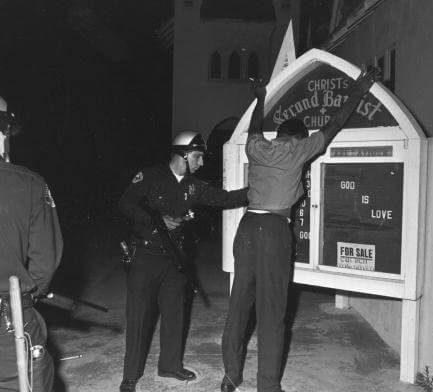
Contrary to complaints, the rising poverty among Oakland’s African-Americans is not the fault of Oakland’s white population. While certain federal and local government policies have promoted suburban economic development outside of Oakland, they have not deliberately come at the expense of inner-city economic development. It is only natural that as industries move out of the city center, jobs and the middle-class follow, leaving empty storefronts and unemployment among those who remain, who are African-Americans.
It is tragic enough when a San Francisco policeman murders an unarmed African-American teenager, but it is provocative to send 1200 National Guard troops, tanks and artillery to terrorize defenseless residents angry that the murderous cop had not been arrested. Stationed at Hunters Point in San Francisco, these discriminatory policies reverberate among African-Americans throughout California and the rest of the country. Mass rebellion and arming our communities are the only ways to protect themselves against police heavy-handedness and white oppression.
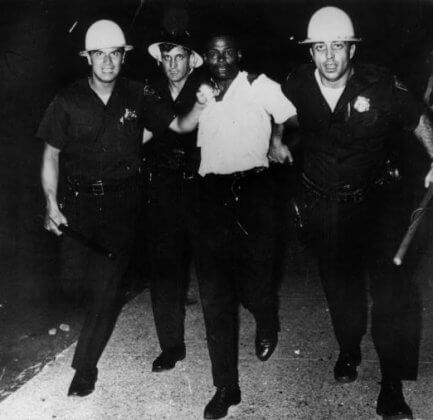
Despite signing into law the Civil Rights Act, outlawing segregation and requiring equal employment opportunity, and the Voting Rights Act, prohibiting all forms of voting discrimination, African-Americans are still staging uprisings. It’s further shocking that when three African-American teenagers in LA break the law by stealing a car and running from police, members of California’s African-American communities rebel against white authority and stage an uprising with civil disobedience and looting in poor, inner-city neighborhoods.
Frustrated by civil rights leaders’ failed strategy of nonviolent resistance amid continued economic inequality and police brutality against African-Americans, Oakland residents Huey Newton and Bobby Seale form the Black Panther for Self-Defense party. Influenced by Malcom X’s philosophies of black pride and inspired by his belief in armed self-defense to break free from white oppression, the party’s aims are to protect black communities from police brutality, and promote equal housing, employment and justice for all, as laid out in The Ten Point Platform.
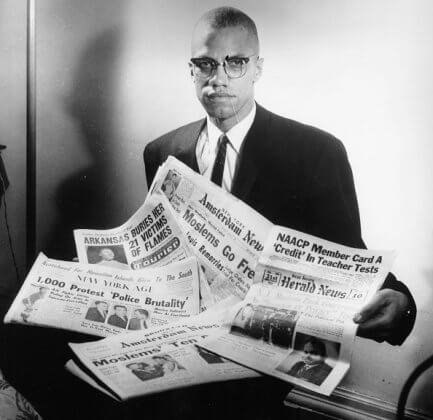
This Marxist political organization, led by radical Oakland community organizer and an ex-con-turned-college-student, is nothing more than a gang seeking to justify violence with an ideology. Preaching revolutionary war and declaring a willingness to use violence to accomplish their aims will lead to nothing but chaos for all, including for those they pretend to protect. This militant party wants nothing more than to exploit economic inequality to further stoke racial unrest and pent-up anger within African-American communities. Their antics will not be accepted in a law-abiding state.
Desperate to stop police brutality, Black Panthers conduct armed neighborhood patrols to monitor abusive officers. Despite the group’s full compliance with California law, which legally allows residents to carry firearms in public, California state legislators propose a racist bill, the Mulford Act, to make it illegal to carry firearms in public just to undermine the newfound power balance. Standing up for their gun rights, armed Panthers peacefully enter the State Capitol for a news conference but can’t prevent Gov. Ronald Reagan from signing the bill into law specifically passed to weaken and disarm the Panthers.
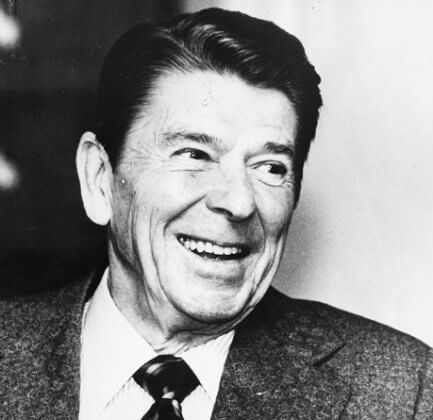
When 30 armed militants storm into the State Capital with the blatant intent to intimidate legislators mid-session, these officials have a responsibility to their constituents to do all they can to protect their safety and maintain social order. For the safety and security of California residents, Gov. Ronald Reagan has no choice but to sign the Mulford Act into law and disarm the militant Black Panthers given their repeated standoffs with police officers, who are just trying to do their jobs. Governor Ronald Reagan has acted responsibly.
A number of Black Panther members, including the group’s Minister of Defense, Huey Newton, make headlines for their involvement in violent confrontations and shootouts with police. Though a white officer is killed in one such incident, Newton ends up as a political prisoner, a victim of a bias court system. The media and FBI portray the Black Panthers as murderous and violent, despite the police being the ones to gun down innocent members, like unarmed teen Panther Treasurer, Bobby Hutton, who was shot eight times in Oakland with his arms raised to surrender.
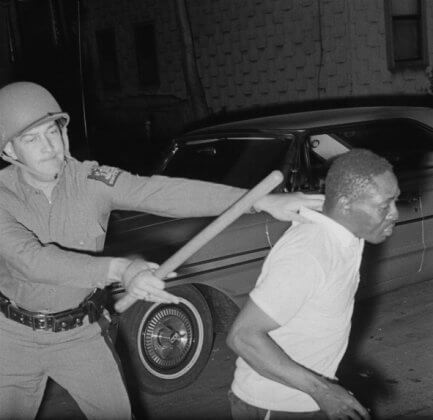
Civilian violence will be met with a police response, as this is what the police is employed to do. While the Black Panther members constantly blame law enforcement for repressive behavior and US courts for discrimination, they should look inward to see who is really responsible for their destructive behavior and negative reputation. Violent conflicts within the Black Panther party are to blame for many members’ deaths, not excessive force by police. There are numerous members found beaten, tortured or murdered at the hands of each other.
Putting compassion and humanity before politics, the Black Panther party creates a much-needed social program, feeding Oakland community kids free breakfasts in school cafeterias. The Free Breakfast for School Children Program fills a need that the federal government has long ignored, providing hundreds, and eventually upwards of 30,000 of inner-city kids nationwide, their only source of food before school each day. Party members and volunteers approach local supermarkets for donations, consult with nutritionists and prepare and serve breakfast, all for free.
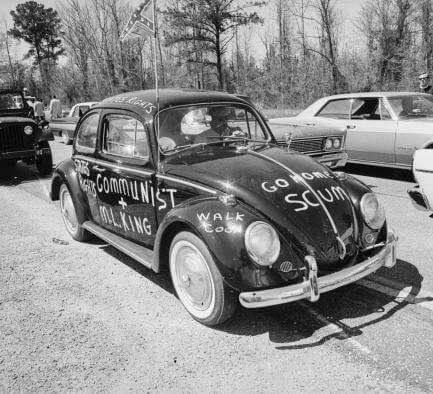
While the party’s breakfast program sounds positive, it is merely a ruse to recruit vulnerable children and indoctrinate them with Black Panther philosophy. While the program does actually feed the children breakfast, its true intent is to fill their minds with messages of black power, white’s subjugation of African-Americans in an attempt to fuel revolution against white law enforcement. Even J.Edgar Hoover and the FBI recognize this program for what it is: a communist-inspired infiltration into American society, aimed at turning citizens against its government.
The success of Black Panther social programs, many of which are more helpful than government programs, has led to its growing popularity and membership. Naturally, the government feels threatened by the party’s rising influence among African-Americans But it’s inexcusable to be targeted and infiltrated by the FBI, and even more shameful that its organized program, the COINTELPRO, to dismantle the party uses outrageous tactics to humiliate, falsely charge, imprison, and even orchestrate events that lead to murders of members.
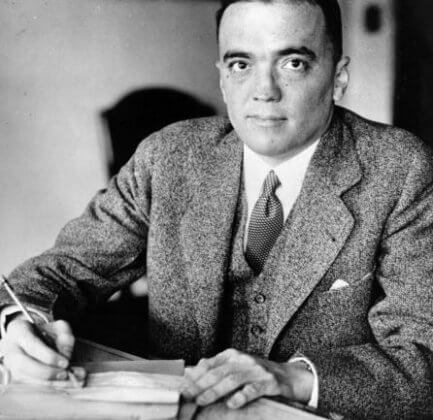
With the Cold War heating up and anti-war protests erupting, J. Edgar Hoover has a responsibility to swiftly respond to domestic threats. The FBI’s counterintelligence program, COINTELPRO, is necessary to domestically spy on citizens and eliminate hate groups, which the Black Panthers are. The party espouses Marxist/Leninist ideologies, clamoring for a socialist revolution in America. Its members have perpetrated countless assaults on police officers and its newspaper publicly calls for more violent confrontations. They pose the greatest threat to America’s internal security and must be stopped.
Bobby Seale is arrested for conspiracy to incite riots at the 1968 Democratic National Convention in Chicago. That he was targeted with these charges is exaggerated given that thousands of anti-war protestors had swarmed the streets of Chicago. Demonstrating the bias and discrimination he faced for being a Black Panther, the court refused to allow Seale to choose his own lawyer. When he spoke up for his constitutional rights during the hearing, the judge ordered him bound and gagged.
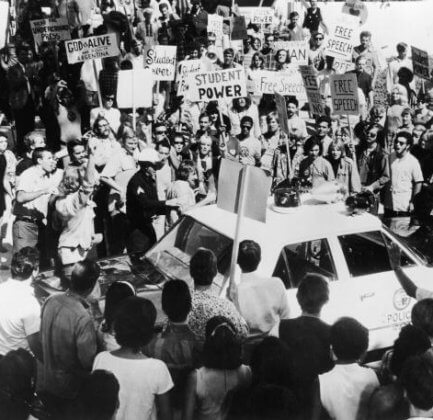
Bobby Seale was not alone but one of eight people charged under the anti-riot provisions of the Civil Rights Act of 1968 for his involvement in the riots at the Democratic National Convention. Seale was charged with conspiring with his co-defendants to cross state lines with intent to incite a riot and impede law enforcement officers from carrying out their jobs. His four-year prison sentence, which was later reversed, was his own doing, for repeatedly showing contempt of court, calling the trial’s judge and government attorneys “racists,” “fascists” and lying pigs.”
Tasting freedom again after release from a 21-month prison sentence, Bobby Seale begins reorganizing the Black Panther party, which fell apart – or, more accurately, was torn apart by the FBI – in his absence. Still driven to attain equality and improve the lives of fellow community members, he runs for Oakland mayor in 1973, even renouncing violence as a means to an end
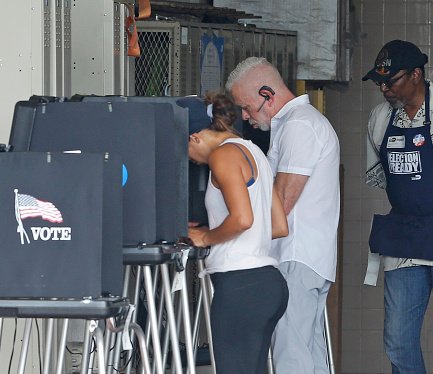
Bobby Seal running for mayor is a desperate attempt to keep Black Panther movement relevant. Times have changed, given that this former militant is welcome as a candidate in a system he used to protest against. The fact that Seale comes in second out of nine candidates and losing a run-off election, is a sign that his popularity, and that of the Black Panthers, is no longer popular and therefore less of a threat.
Thanks to the FBI’s continued tactics of sowing disinformation and mistrust among Panthers, the party remained in disarray brought on by white establishment. Bobby Seale, worn out after his failed mayoral run, and Huey Newton, charged for embezzling funds from the party’s Oakland Community School, were both out of the picture. The Black Panther party, which had once boasted more than 40 chapters and 5,000 members therefore dissolved, having brought more awareness of, though not the desired lasting change to, issues of race in America.
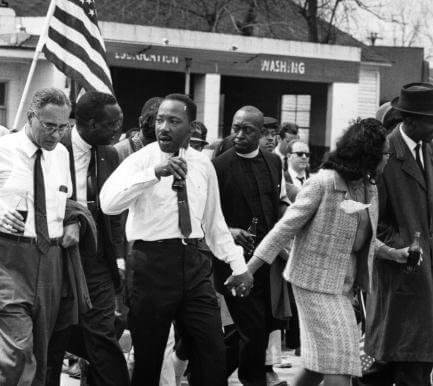
It wasn’t just J. Edgar Hoover, the FBI or police forces that contributed to the Black Panthers’ collapse. It was more self-implosion. Already in 1974, the Black Panther party was suffering from party factionalism and infighting, drug abuse, and police raids. The party further unraveled amid external, societal change. The Vietnam War was over, affirmative action was gaining steam, and the party’s confrontational style was no longer welcome – not that it had ever been.
